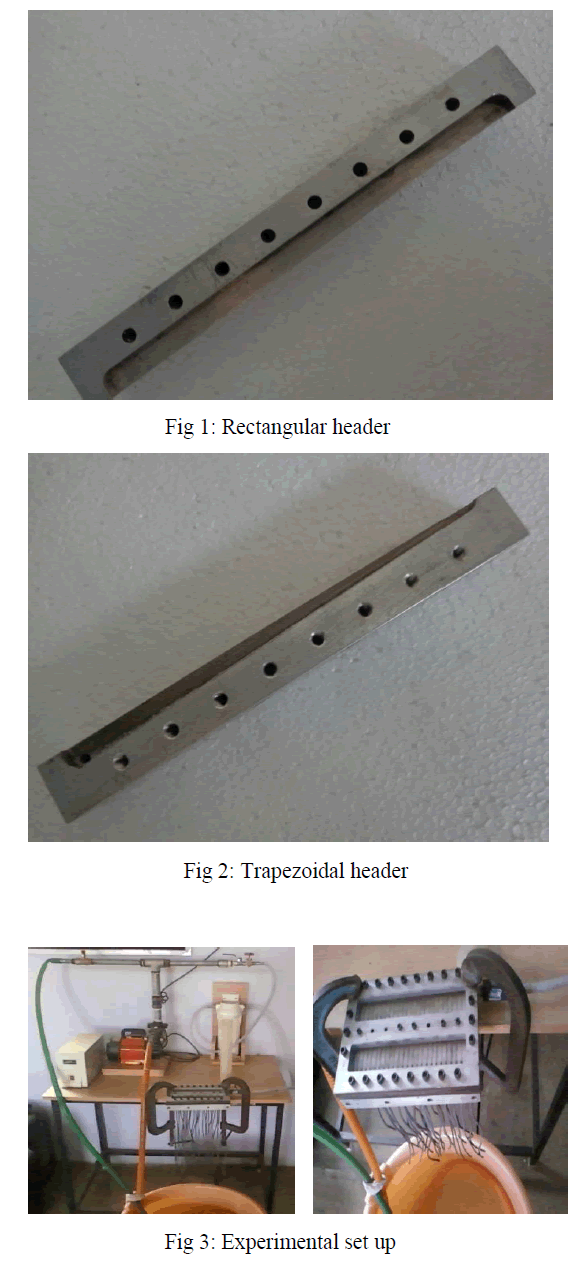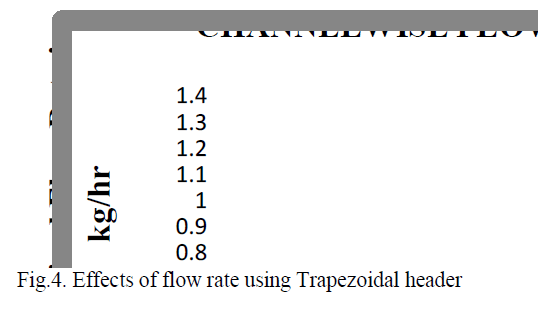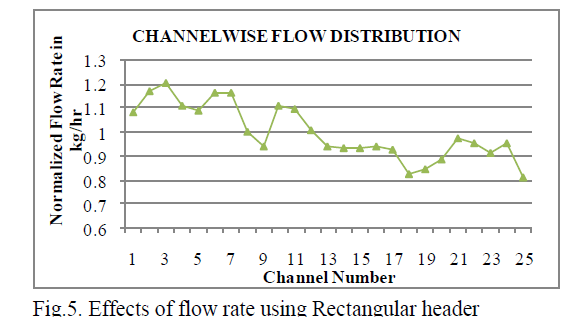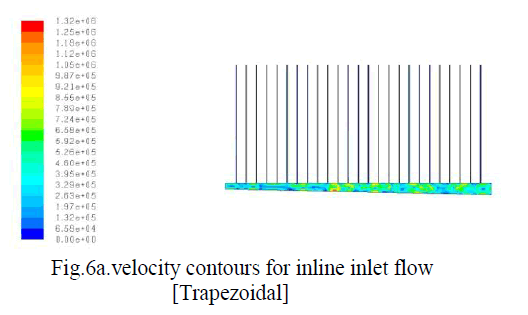ISSN ONLINE(2319-8753)PRINT(2347-6710)
ISSN ONLINE(2319-8753)PRINT(2347-6710)
Vinayakram.A1, Dr V.E. Annamalai2
|
| Related article at Pubmed, Scholar Google |
Visit for more related articles at International Journal of Innovative Research in Science, Engineering and Technology
Grinding wheels are normally monitored by complex and costly equipment like acoustic emission sensors and grinding cycle monitors. In the present work, an attempt is made to utilize simple instruments like lux meter for condition monitoring of grinding wheels. As grinding progresses, the metal particles get clogged into the spaces between the abrasive cutting edges of the grinding wheel. This changes the reflectivity of the grinding wheel surface. This change can be captured by using a lux meter. The paper demonstrates the usage of simple lux meter for condition monitoring of grinding wheels.
Keywords |
| wheel clogging, wheel dressing, lux meter. |
INTRODUCTION |
| Grinding operation is considered to be one of the most important manufacturing processes and its complex nature leads to difficulties in measurement. Surface topography of the grinding wheel needs to be monitored continuously for quality production. There are three main mechanisms of wheel wear: attritious wear, grain fracture and bond fracture [1]. Attritious wear involve dulling of abrasive grains and plays an important role in improving the quality. This paper discusses on the use of low cost sensor to determine the wheel clogging, hence providing information to dress the wheel. The author [2] describes wheel condition monitoring using acoustic emission. Dressing is very important for quality performance of grinding wheel. The use of laser by M.J. Jackson [3] has been emphasized to dress and clean the chip stuck in the wheel. |
METHODS OF MEASUREMENT |
| In the past, researchers have come up with many methods to find out different parameters, but many have not taken the cost involved in it. A non-contact type white chromatic sensor has been used to determine the wheel topography [4]. A proper method of evaluating a grinding wheel has been described by M. K. Krueger et al [5]. A low cost method of measurement has been proposed to determine the wheel clogging and the need for dressing using sensors. These two parameters are vital in grinding performance and also for the quality of the product. Two methods which have been adopted are use of lux meter and carbon print. |
| A. Use Of Lux Meter |
| Use of non-contact type sensor has been profound to measure the wheel clogging. The following procedure is adopted for measurement: |
| i. Four points A, B, C and D on wheel periphery are marked. (Fig 1 shows the wheel marking). |
| ii. Light from a laser source is made to fall on the grinding wheel surface. |
| iii. Next using a lux meter the reflected light from the wheel surface is captured and the light intensity is measured. (This intensity provides us the measure of wheel clogging). |
| iv. Now the wheel is stopped and the intensity is measured at the midpoint of the segment A, B, C, D. |
| v. The above steps are done for the following cases: |
| After dressing |
| After grinding |
 |
 |
 |
 |
| the grains are not printed properly with visible voids on the paper. Comparing fig 5 & 6 the 35th pass where clogging is very high, the carbon print also shows a smeared appearance. |
CONCLUSION |
| A study has been conducted to measure the wheel clogging and need for dressing, with the use of lux meter and the results are promising. The results show that lux meter can be used to measure the wheel clogging and notify the operator for the time for dressing. This can provide improvement in grinding performance. |
References |
|